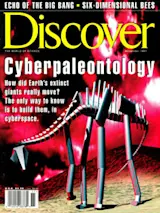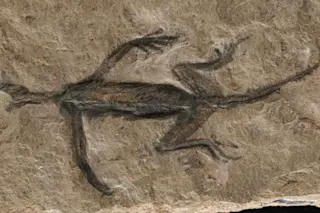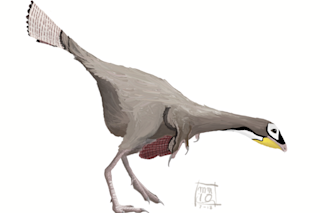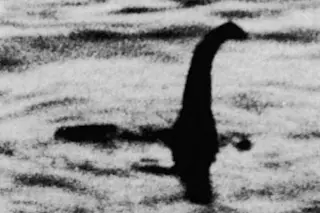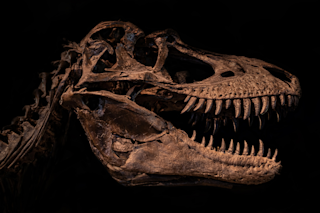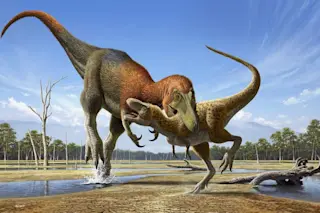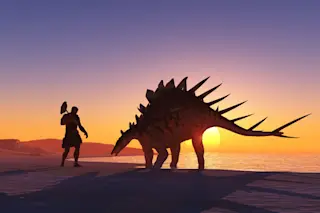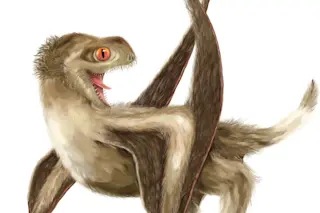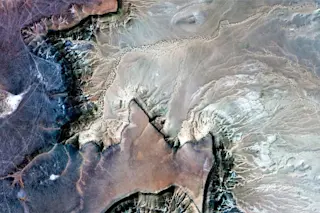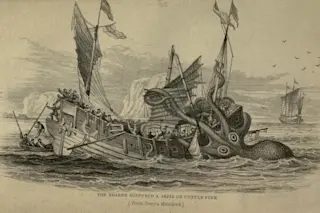Every scientific discipline has its defining challenges, the ones that mark the field’s outer limits. Astronomers feeling plucky might try to describe what it’s like to fall into a black hole. Particle physicists might attempt to see the guts of a quark. And biomechanists, who study how physical forces affect and direct the ways animals move, might reconstruct the biggest creatures ever to live on land: the sauropods, the long-necked, long-tailed, plant-eating behemoths of the age of dinosaurs. During their 160 million years on Earth, the sauropods produced species that grew over 130 feet long and that weighed in at 100 tons--animals that, biomechanically, defy comprehension. The problem is not only conceptual-- yes, sauropods were much, much bigger than any land-treading animal available for inspection today, and so it is hard to imagine them as living, gracefully moving creatures--it is also physical.
The great extinct giants left behind nothing but ...


